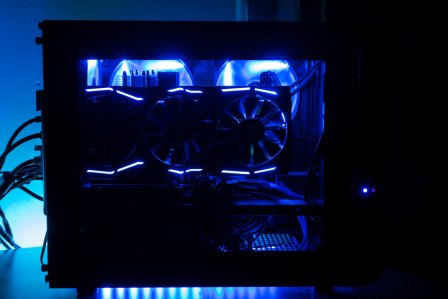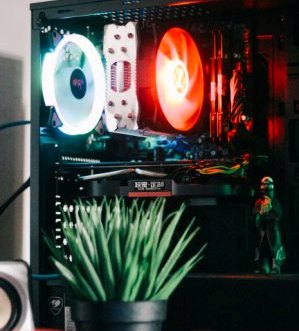
As the world of Linux-based computing continues to gain momentum, it’s no surprise that users are seeking the best graphics cards to match their powerful open-source operating systems. Whether you’re a gamer, a content creator, or simply looking for a reliable graphics solution for your Linux machine, there are several excellent graphics cards available to cater to your specific needs.
NVIDIA GeForce Series
NVIDIA’s GeForce series has a strong presence in the Linux graphics card market. With excellent drivers and compatibility, these cards provide an ideal solution for gamers and professionals. The proprietary NVIDIA drivers work seamlessly with popular Linux distributions, offering high performance for demanding applications. If you’re keen on gaming or require GPU acceleration for content creation, options like the NVIDIA GeForce RTX 30 series provide exceptional power and support for Linux users.
AMD Radeon Series
AMD’s Radeon graphics cards have earned a reputation for their open-source drivers and Linux-friendliness. The open-source AMDGPU driver, included in the Linux kernel, ensures excellent compatibility and performance. Whether you’re running a gaming rig, a workstation, or an everyday desktop system, AMD’s Radeon RX 6000 series and earlier models offer a wide range of options to cater to your graphical needs.
Intel Xe Graphics
Intel, traditionally known for their CPUs, has entered the dedicated graphics card market with their Intel Xe architecture. These GPUs are not only designed to be energy-efficient but also bring native support for Linux through their open-source graphics drivers. While Intel graphics may not yet match the raw power of NVIDIA or AMD for high-end gaming or demanding workloads, they’re ideal for laptops and systems where power efficiency and integrated graphics are key considerations.
Open Source Options
If you prefer a fully open-source approach, there are graphics cards like those from the Raptor Computing Systems’ Talos series, which support the POWER architecture. These cards, while not as mainstream as NVIDIA or AMD, are designed with a focus on open-source drivers and a commitment to the open hardware movement.
When selecting a graphics card for your Linux machine, consider your specific use case. Gamers will prioritize cards that deliver high frame rates and excellent support for OpenGL and Vulkan. Content creators will benefit from GPUs that accelerate tasks like video editing and 3D rendering. Meanwhile, general users may opt for integrated graphics solutions or lower-end cards that suit everyday tasks and provide seamless Linux compatibility.

In conclusion, the best graphics card for Linux largely depends on your specific needs and the level of performance you require. As Linux support for graphics cards continues to improve and evolve, the choices available to Linux users become increasingly diverse and powerful. Whether you’re a gamer, a creative professional, or a casual user, there’s a Linux-friendly graphics card out there to meet your demands. It’s always advisable to check for the latest driver updates and user experiences within the Linux community when making your selection.
